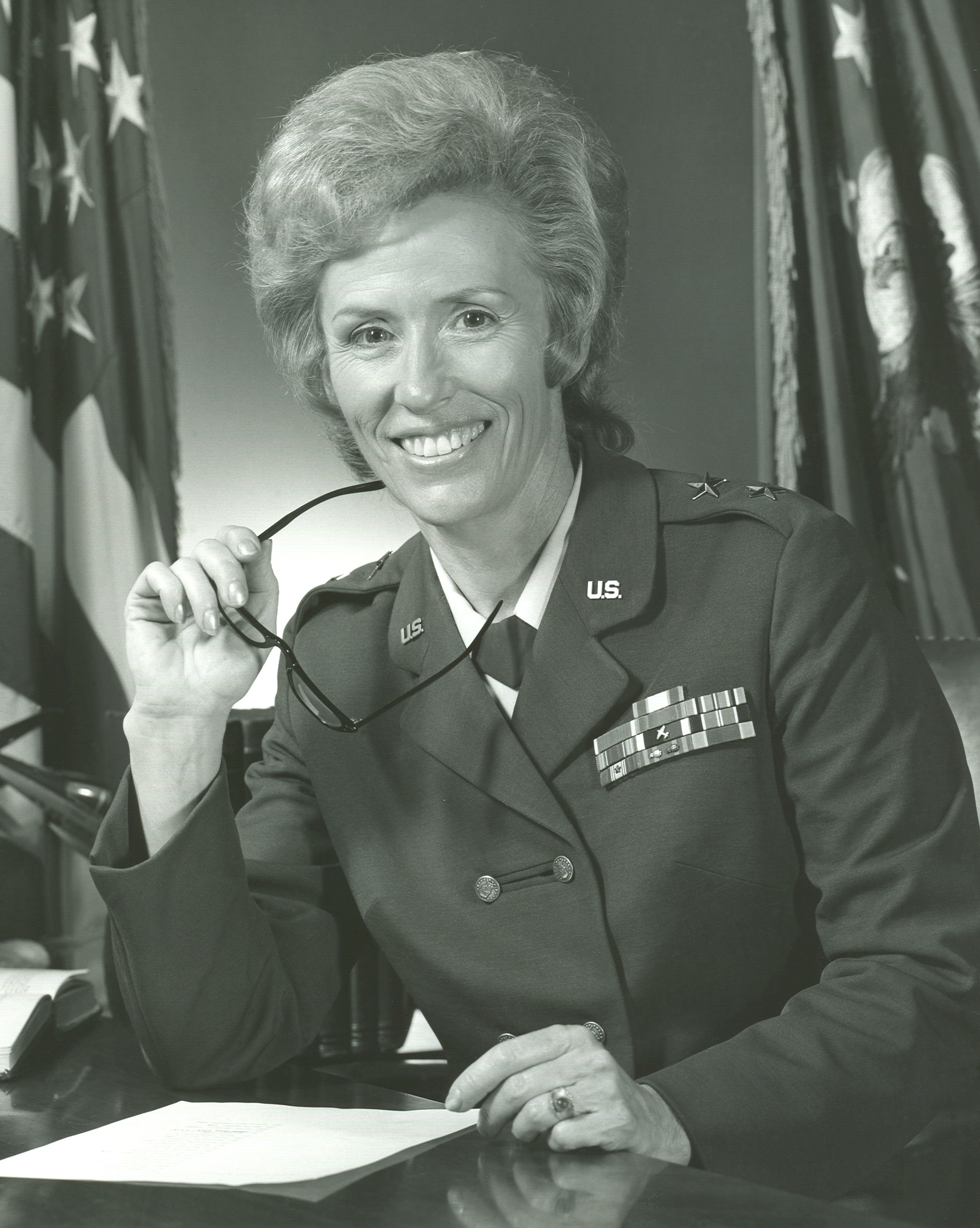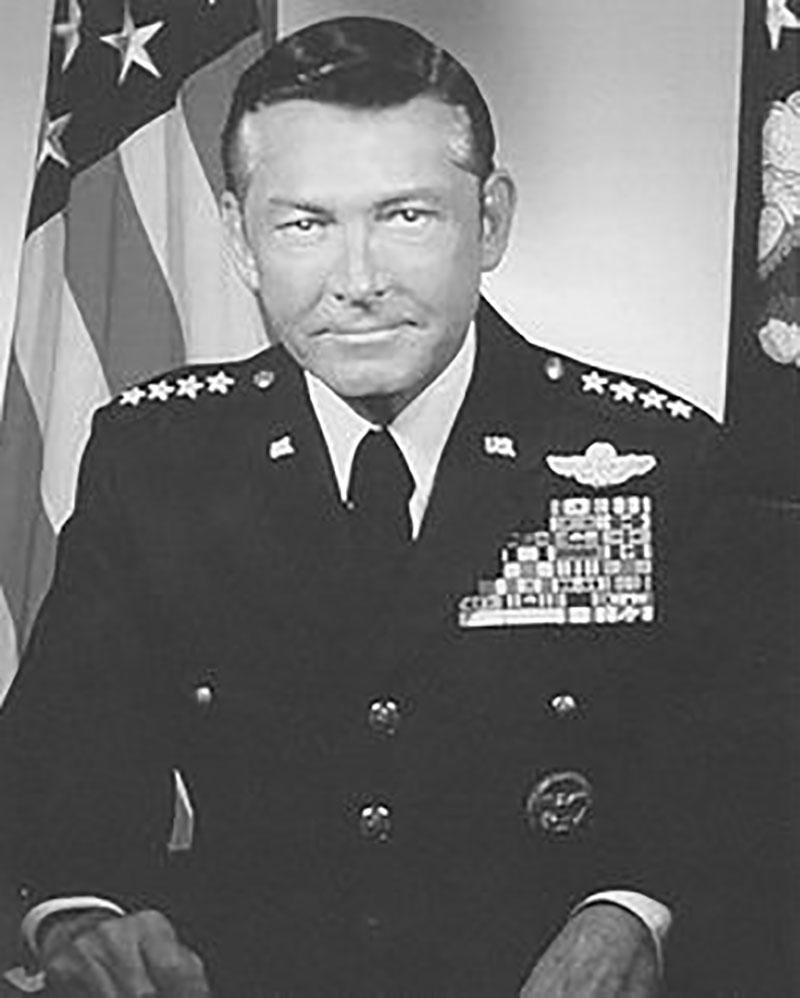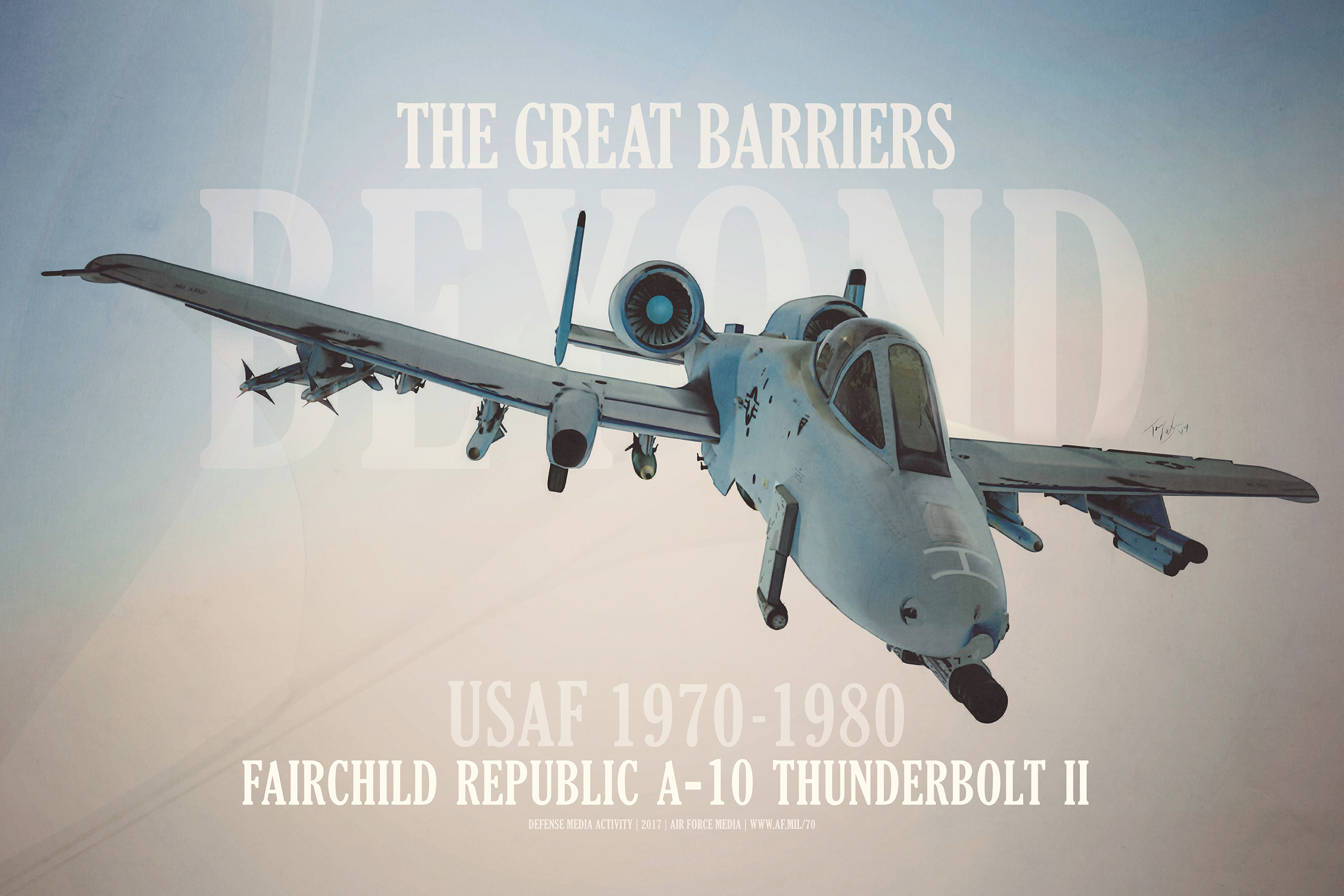
March 17, 1971: Jane Leslie Holley became the first woman commissioned through the Air Force Reserve Officer Training Corps program.
April 26, 1971: Crewing an SR–71 Blackbird strategic-reconnaissance aircraft assigned to the 9th Strategic Reconnaissance Wing, Lt. Col. Thomas B. Estes, USAF, aircraft commander, and Maj. Dewain C. Vick, USAF, reconnaissance systems officer, made a record-breaking 15,000-mile nonstop flight, at times attaining speeds in excess of Mach 3. The crew received the MacKay Trophy.
July 16, 1971: Jeanne M. Holm, director of Women of the Air Force, was promoted to brigadier general, becoming the first woman general in the Air Force.
July 23, 1971: Hughes Aircraft Company was awarded a $70 million contract to build 2,000 Maverick (AGM–65A) air-to-surface missiles for use on F–4E and A–7D aircraft.
July 26, 1971: With an all-USAF crew composed of Col. David R. Scott, Lt. Col. James B. Irwin, and Maj. Alfred M. Worden, Apollo 15 blasted off from Cape Kennedy, Florida. The mission was the first to use a vehicle called a lunar rover on the surface of the Moon.
July 29, 1971: The Air Force completed its flight tests of the experimental X–24A lifting body. Data from these tests contributed to the development of the National Aeronautics and Space Administration space shuttle.
February 17, 1972: Air Force One, a VC–137 Stratoliner aircraft belonging to the 89th Military Airlift Wing, departed Andrews Air Force Base, Maryland, carrying President Richard M. Nixon and his wife on their historic trip to China to meet with Mao Tse-tung and Chinese premier Chou En-lai. This was the first time a U.S. president had visited China, and it marked a new relationship between two countries that had been Cold War enemies since 1949.
April 7–May 13, 1972: In Operation CONSTANT GUARD, the Air Force deployed 12 squadrons and 200 aircraft from the United States to Southeast Asia to blunt a full-scale North Vietnamese invasion of South Vietnam.
April 27, 1972: Four USAF fighter crews, releasing Paveway I laser-guided “smart” bombs, knocked down the Thanh Hoa bridge in North Vietnam. Previously, 871 conventional sorties had resulted in only superficial damage to the bridge.
May 5, 1972: The Air Force’s sea-launched ballistic-missile detection and warning system— Pave Phased Array Warning System (PAWS)—achieved initial operational capability.
May 10–11, 1972: F–4 Phantoms from the 8th Tactical Fighter Wing dropped precision-guided munitions on the Paul Doumer Bridge in Hanoi, North Vietnam, closing it to traffic.
June 11, 972: B–52 Stratofortress aircraft used laser-guided bombs to destroy a major hydroelectric plant near Hanoi, North Vietnam.
June 29, 1972: Forward air controller Capt. Steven L. Bennett, USAF, and his observer spotted enemy troops attacking a friendly unit and strafed them, forcing a retreat. But a surface-to-air missile crippled the OV–10 Bronco and shredded the observer’s parachute. Captain Bennett, knowing that the observer could not bail out, ditched the OV–10 in the Gulf of Tonkin. He died, but his observer survived. For his heroic sacrifice, Captain Bennett was awarded the Medal of Honor posthumously.
August 28, 1972: Capt. Richard S. “Steve” Ritchie, USAF, flying with Capt. Charles B. DeBellevue, USAF, his weapon system officer, became the Vietnam War’s first ace by shooting down his fifth MiG–21.
September 9, 1972: Capt. Charles B. DeBellevue, flying as weapon system officer in the backseat of an F–4, earned his fifth and sixth aerial victories, becoming the leading ace of the Vietnam War.
September 11, 1972: Using precision-guided munitions, U.S. aircraft destroyed the Long Bien bridge over the Red River in downtown Hanoi, North Vietnam.
October 13, 1972: Capt. Jeffrey S. Feinstein, USAF, a weapon system officer in the backseat of an F–4, achieved ace status by shooting down his fifth MiG–21, becoming the third and final USAF ace of the Vietnam War.
November 22, 1972: A B–52 was hit by a surface-to-air missile while on a mission over North Vietnam, becoming the first Stratofortress lost to enemy action. The crew members ejected over Thailand, where they were rescued.
December 18, 1972: President Richard M. Nixon directed the resumption of full-scale bombing and mining in North Vietnam—an operation known as LINEBACKER II. SSgt. Samuel O. Turner, USAF, became the first B–52 tail gunner to shoot down an enemy airplane.
January 8, 1972: Capt. Paul D. Howman, USAF, and 1st Lt. Lawrence W. Kullman, USAF, flying an F–4D Phantom, scored the last aerial victory of the Vietnam War when they shot down a MiG southwest of Hanoi, North Vietnam, with a radar-guided AIM–7 missile.
January 27, 1973: In Paris, North Vietnam and the United States signed an “Agreement on Ending the War and Restoring Peace to Vietnam.” The cease-fire was set to begin on January 29.
January 28, 1973: A B–52 Stratofortress crew performed the last Operation ARC LIGHT sortie, bombing enemy targets in South Vietnam at 0628 hours local time. This operation had continued since 1965.
February 12, 1973: Military Airlift Command pilots initiated Operation HOMECOMING, flying the first of 590 released American prisoners of war from Hanoi, North Vietnam, to Clark Air Base in the Philippines. The operation concluded on April 9.
March 28, 1973: The last USAF aircraft departed South Vietnam.
 Maj. Gen. Jeanne M. Holm, the first USAF woman general officer, received her second star on June 1, 1973. Richard I. Borda, assistant secretary of the Air Force, and Gen. Horace Wade, USAF vice chief of staff, participated in the promotion ceremony.
Maj. Gen. Jeanne M. Holm, the first USAF woman general officer, received her second star on June 1, 1973. Richard I. Borda, assistant secretary of the Air Force, and Gen. Horace Wade, USAF vice chief of staff, participated in the promotion ceremony.
September 3, 1974: Strategic Air Command removed from alert its last Minuteman I intercontinental ballistic missile at the 90th Strategic Missile Wing, F. E. Warren Air Force Base, Wyoming, during conversion to Minuteman III missiles.
January 13, 1974: Dr. John L. McLucas, secretary of the Air Force, authorized purchase of the General Dynamics F–16—a low-cost, lightweight, highly maneuverable aircraft.
March 25, 1975: The United States organized an airlift to evacuate about 10,000 people a day from Da Nang, South Vietnam. Communist forces had completely cut land routes between this coastal provincial city and the rest of the country.
March 31, 1975: Completing the consolidation of all military airlift under a single manager, the Air Force transferred the tactical airlift resources of Pacific Air Forces, United States Air Forces in Europe, and Alaskan Air Command to Military Airlift Command. In December 1974, the Air Force had consolidated Tactical Air Command’s airlift resources, including C–130s, with those of Military Airlift Command, which became the single airlift manager.
April 4, 1975: Operation BABYLIFT, the aerial evacuation of orphans from Saigon, South Vietnam, began tragically as a C–5 Galaxy crashed in a rice field near the city. Miraculously, 175 of the 330 people on board survived the accident. The United States also began the fixed-wing aerial evacuation of Phnom Penh, Cambodia, which was surrounded by Khmer Rouge forces. By April 11, some 875 Cambodians had flown to Thailand aboard USAF C–130s.
April 12, 1975: In Operation EAGLE PULL, Marine Corps and USAF helicopters, escorted by USAF fighters and gunships, performed the final aerial evacuation of 287 people from Phnom Penh, capital of Cambodia, which was surrounded by advancing Communist forces. The city fell on April 17 to the Khmer Rouge.
April 29, 1975: By this date, in Operation NEW LIFE, the Air Force had evacuated by air more than 45,000 people from Saigon, South Vietnam, including some 5,600 U.S. citizens, on 201 C–141 and 174 C–130 sorties.
April 29, 1975: Operation FREQUENT WIND began. Marine Corps, Navy, and USAF helicopters took part in this final evacuation of Saigon, South Vietnam, which concluded on April 30, when Saigon fell to enemy forces. The helicopters airlifted more than 6,000 evacuees from the South Vietnamese capital in two days. This major operation was the first to involve the flights of USAF helicopters from the deck of an aircraft carrier—the USS Midway.
April 29–September 16, 1975: During Operation NEW ARRIVALS, 251 C–141 and C–130 flights and 349 commercial flights airlifted more than 120,000 Indochinese refugees from Pacific island staging areas to the United States.
May 12, 1975: Cambodian gunboats seized the U.S. merchant ship Mayaguez and its 40-man crew near the Wai Islands, 60 miles from the Cambodian coast. In response, Military Airlift Command transported U.S. marines and equipment from the Philippines and Okinawa to Thailand.
May 15, 1975: Cambodia returned the Mayaguez crew after marines, supported by USAF helicopters and A–7 aircraft, captured the empty ship and assaulted Koh Tang Island, where the crew was mistakenly thought to have been taken. Maj. Robert W. Undorf received the Mackay Trophy for conspicuous gallantry, initiative, and resourcefulness during this military operation—the last major American military action in Southeast Asia.
June 6, 1975: The last 16 B–52 Stratofortress aircraft remaining at U-Tapao, Thailand, began redeploying to the United States.
June 15, 1975: The last F–111 unit in Thailand began redeployment to the United States.
September 1, 1975: Gen. Daniel “Chappie” James, Jr., USAF, became the first black four-star general.
 Col. Daniel “Chappie” James, Jr., next to his F–4 Phantom in Thailand during the Vietnam War
Col. Daniel “Chappie” James, Jr., next to his F–4 Phantom in Thailand during the Vietnam War
October 29, 1975: The first F–5E Tiger II aircraft entered the Air Force’s inventory at Nellis Air Force Base, Nevada.
November 29, 1975: The first annual RED FLAG exercise began at Nellis Air Force Base, Nevada, ushering in a new era of highly realistic USAF air combat training for pilots and aircrews.
January 9, 1975: The first operational F–15 Eagle, a new air-superiority fighter aircraft, arrived at the 1st Tactical Fighter Wing, Langley Air Force Base, Virginia. The F–15 was the first fighter to have a thrust greater than its weight, allowing it to accelerate while going straight up.
 In the last quarter of the twentieth century, the F–15 Eagle served the Air Force as its premier air-superiority aircraft.
In the last quarter of the twentieth century, the F–15 Eagle served the Air Force as its premier air-superiority aircraft.
March 22, 1976: The first A–10 Thunderbolt was delivered to Davis-Monthan Air Force Base, Arizona, for test and evaluation. The heavily armored jet attack aircraft, armed with a heavy Gatling gun in the nose and equipped with straight wings able to carry a variety of air-to-ground munitions, was designed for close air support missions.
June 28, 1976: Joan Olsen became the first woman cadet to enter the Air Force Academy and the first woman to enter any of the three Department of Defense service academies.
September 6, 1976: A Soviet pilot landed his MiG–25 Foxbat jet fighter in Hokkaido, Japan, and asked for asylum in the United States. Japanese and U.S. officials closely examined the aircraft and on November 15, returned it, dismantled, to the Soviet Union.
September 29, 1976: The first of two groups of 10 women pilot candidates entered undergraduate pilot training at Williams Air Force Base, Arizona—the first time since World War II that women could train to become pilots of U.S. military aircraft.
January 8, 1977: The first YC–141B (stretched C–141 Starlifter) rolled out of the Lockheed- Georgia Marietta plant. Equipped with in-flight refueling capability, it was 23.3 feet longer than the original C–141A, enabling it to carry more troops and cargo.
March 23, 1977: Tactical Air Command’s first E–3A Sentry aircraft arrived at Tinker Air Force Base, Oklahoma. The Sentry, the Air Force’s first airborne warning and control system aircraft, carried a large rotating radar disk above its fuselage.
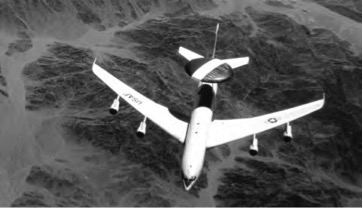 June 19, 1977: A C–5 Galaxy flew nonstop from Chicago to Moscow carrying a 40-ton superconducting magnet, the first time a C–5 had ever landed in the Soviet Union. The flight of 5,124 nautical miles required two aerial refuelings.
June 19, 1977: A C–5 Galaxy flew nonstop from Chicago to Moscow carrying a 40-ton superconducting magnet, the first time a C–5 had ever landed in the Soviet Union. The flight of 5,124 nautical miles required two aerial refuelings.
June 30, 1977: President James E. “Jimmy” Carter, Jr., announced cancellation of the B–1 Lancer bomber program after the production of four prototypes, citing the continuing reliability of B–52s and the development of cruise missiles.
October 12, 1977: The first class of USAF women navigators graduated, with three of the five assigned to Military Airlift Command aircrews.
February 22, 1978: An Atlas booster launched the first Global Positioning System satellite. A “constellation” of such satellites revolutionized navigation.
December 8–9, 1978: As a result of political tensions and disturbances in Iran, Military Airlift Command airlifted some 900 evacuees from Tehran to bases in the United States and Germany. The airlift included 11 C–141 and C–5 missions. Some 5,700 U.S. and third-country nationals left Iran on regularly scheduled Military Airlift Command flights until Iran’s revolutionary government closed the airport in February 1979.
January 6, 1979: The 388th Tactical Fighter Wing at Hill Air Force Base, Utah, received the first General Dynamics F–16 delivered to the Air Force. The F–16, the newest multirole fighter, could perform strike as well as air-superiority missions.
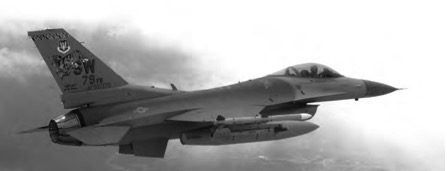 March 31, 1979: After a nuclear power-plant accident at Pennsylvania’s Three-Mile Island on March 28, C–5, C–141, and C–130 aircraft airlifted testing equipment, lead-shielding materiel, and chemicals to the area.
March 31, 1979: After a nuclear power-plant accident at Pennsylvania’s Three-Mile Island on March 28, C–5, C–141, and C–130 aircraft airlifted testing equipment, lead-shielding materiel, and chemicals to the area.
April 24, 1980: President James E. “Jimmy” Carter aborted Operation EAGLE CLAW, an elaborate attempt to rescue U.S. citizens being held since November 4, 1979, as hostages in Tehran. Three of eight special-operations helicopters suffered mechanical problems and had to be abandoned or withdrawn. In the subsequent withdrawal operation, an RH–53 helicopter collided with an EC–130, resulting in an explosion that killed eight men and destroyed both aircraft. Hastily departing on C–130s, the mission team abandoned the remaining four helicopters in the Iranian desert.
July 10–October 3, 1980: During Operation PROUD PHANTOM, the Air Force deployed tactical fighters to Egypt for the first time. Twelve F–4Es flew from Moody Air Force Base, Georgia, to Cairo, Egypt, for tactical training exercises that benefited both the U.S. Air Force and the Egyptian air force, which was purchasing F–4s from the United States.
October 1, 1980: Operation ELF began with the deployment of four USAF E–3A airborne warning and control system aircraft to Riyadh, Saudi Arabia, to protect Saudi airspace during the Iran-Iraq War. Three KC–135s also deployed during the operation.
